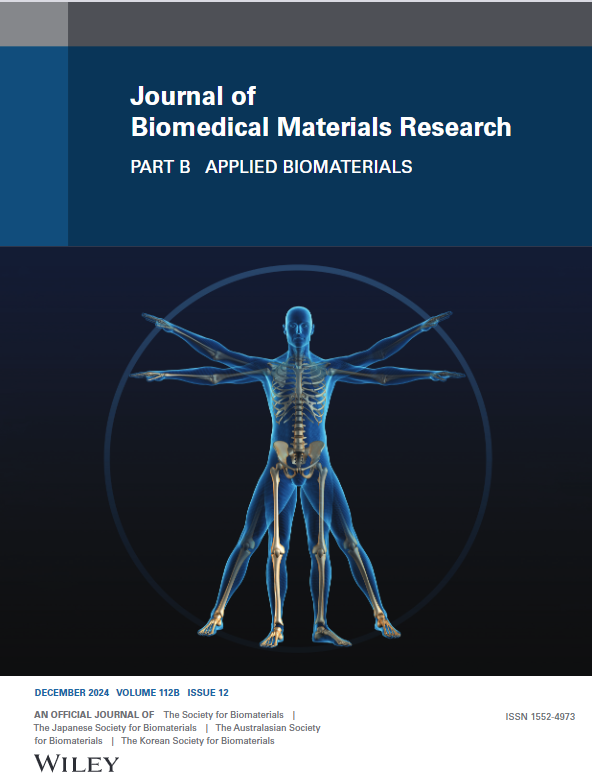Graphene Oxide-Based Photothermal and Photodynamic Therapy—A Systematic Review
Abstract
Photothermal therapy and photodynamic therapy are two advanced strategies used in modern medicine that rely on the use of innovative materials with high photothermal abilities. As graphene oxide and reduced graphene oxide possess a unique ability to respond to near-infrared light in a broadband range and efficiently convert it into heat, they have proved to be ideal nanomaterials to engineer efficient and multifunctional photothermal agents. A lot of research has been done to fabricate efficient graphene oxide-based photothermal platforms that can be used for photothermal and photodynamic therapy. The practicality of a number of these agents has been tested in various biomedical applications, mostly using antimicrobial and anticancer models, both in vitro and in vivo. In this review, we systematically analyzed all the studies published in the past decade on graphene-based photothermal nanosystems tested for effective use in phototherapies/combined therapies in various biomedical applications. The search strategy involved the use of specific keywords and Boolean operators and was limited by the full-text availability of articles on PubMed. This review outlines the design of various graphene-based photothermal platforms, their effectiveness in enhancing therapeutic outcomes, and their limitations that pose a hurdle in the standardization and clinical translation of these platforms. Moreover, through a critical analysis of persisting gaps in current designs, this review can assist in guiding researchers to devise an ideal multifunctional nanosystem for phototherapy that combines the effective properties of different agents and overcomes the shortcomings of existing platforms.

 求助内容:
求助内容: 应助结果提醒方式:
应助结果提醒方式:


